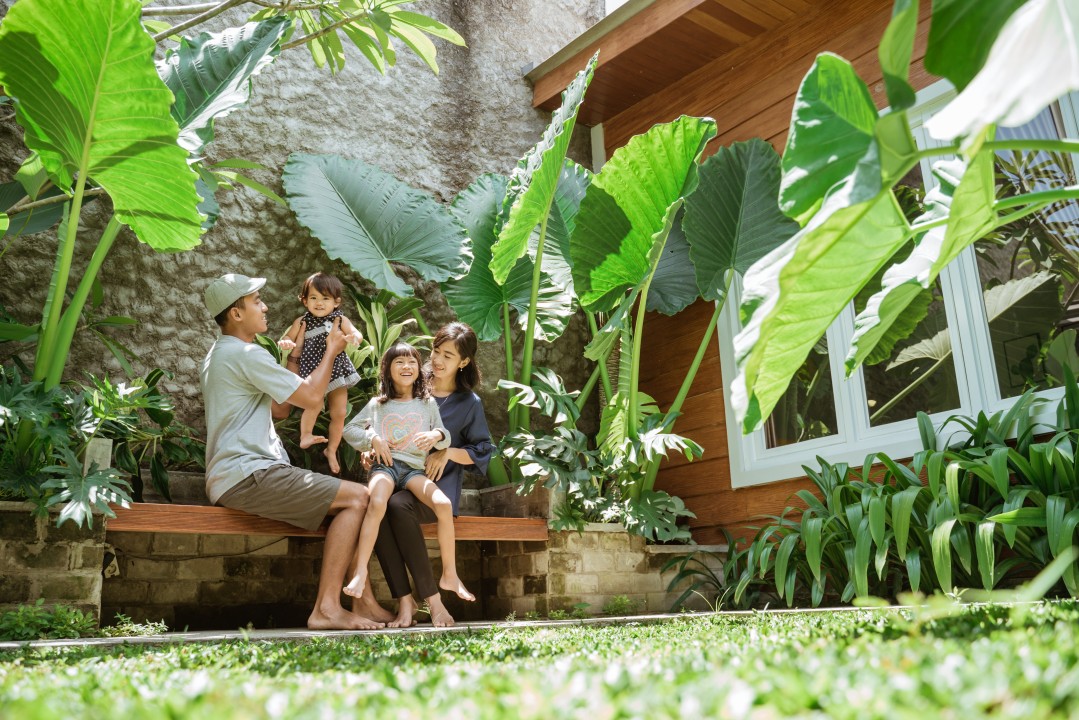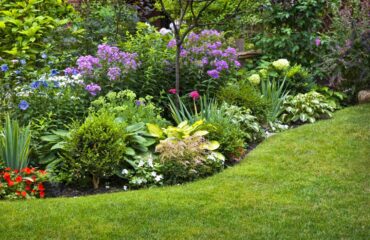Green Living: Sustainable Practices for Home and Garden Enthusiasts
Living a green and sustainable lifestyle is more important now than ever before. As home and garden enthusiasts, there are many ways we can make a positive impact on the environment through our daily practices. From reducing waste to conserving energy, there are endless opportunities to incorporate sustainable practices into our homes and gardens. In this blog post, we will explore some simple yet effective ways to live a greener life while still enjoying your passion for home decor and gardening.
- Reduce, Reuse, Recycle: One of the easiest ways to live a more sustainable lifestyle is by following the three R’s – reduce, reuse, recycle. When it comes to home decor, consider upcycling old furniture or decorations instead of buying new ones. Not only will this reduce waste, but it can also add unique character to your space. In the garden, use compost bins to recycle food scraps and yard waste into nutrient-rich soil for your plants.
- Conserve Water: Water conservation is crucial for maintaining a sustainable garden. Consider installing rain barrels to collect rainwater for watering your plants instead of using tap water. Additionally, opt for drought-resistant plants that require less water to thrive in your garden. Inside your home, fix leaky faucets and use low-flow showerheads to reduce water waste.
- Energy Efficiency: Make your home more energy-efficient by upgrading to LED light bulbs, sealing drafty windows and doors, and investing in energy-efficient appliances. Consider installing solar panels on your roof to generate clean energy for your home. In the garden, use solar-powered lights for outdoor lighting and consider installing a drip irrigation system to conserve water while keeping your plants healthy.
- Organic Gardening: Embrace organic gardening practices by avoiding synthetic pesticides and fertilizers that can harm beneficial insects and pollute the environment. Instead, use natural alternatives like neem oil or compost tea to control pests and enrich the soil in your garden. Consider planting native species that are well-adapted to your local climate and require less maintenance.
- Support Local Businesses: When shopping for home decor or gardening supplies, support local businesses that prioritize sustainability and eco-friendly practices. Look for products made from recycled materials or sustainably sourced wood. Consider joining a community-supported agriculture (CSA) program to receive fresh produce from local farmers who use organic farming methods.
- Embracing sustainable practices in your home and garden not only benefits the environment but also enhances your quality of life. Here are some tips for living green:Sustainable Home Practices
1. Energy Efficiency:
– LED Lighting: Replace incandescent bulbs with energy-efficient LED lights.
– Smart Thermostats: Use smart thermostats to optimize heating and cooling, reducing energy consumption.
– Insulation: Ensure your home is well-insulated to maintain temperature and reduce heating/cooling costs.2. Water Conservation:
– Low-Flow Fixtures: Install low-flow showerheads, faucets, and toilets to reduce water usage.
– Rainwater Harvesting: Collect rainwater for use in your garden and for other non-potable water needs.
– Fix Leaks: Regularly check for and repair leaks to prevent water waste.3. Sustainable Materials:
– Recycled and Reclaimed: Use recycled or reclaimed materials for home renovations and furniture.
– Non-Toxic Products: Choose non-toxic, eco-friendly paints, cleaners, and building materials.4. Waste Reduction:
– Recycling and Composting: Set up a recycling station and compost organic waste to reduce landfill contributions.
– Minimalism: Adopt a minimalist approach to reduce clutter and consumption.Sustainable Garden Practices
1. Native Plants:
– Biodiversity: Plant native species that support local wildlife and require less water and maintenance.
– Pollinators: Create a habitat for pollinators like bees and butterflies with a variety of flowering plants.2. Organic Gardening:
– Natural Fertilizers: Use compost, manure, and other organic fertilizers instead of chemical ones.
– Pest Control: Employ natural pest control methods such as companion planting, beneficial insects, and organic pesticides.3. Water Efficiency:
– Drip Irrigation: Install a drip irrigation system to deliver water directly to plant roots, reducing evaporation and runoff.
– Mulching: Use mulch to retain soil moisture, suppress weeds, and improve soil health.4. Sustainable Landscaping:
– Permeable Surfaces: Use permeable materials for walkways and driveways to reduce stormwater runoff.
– Edible Landscaping: Incorporate edible plants like herbs, vegetables, and fruit trees into your garden.Green Living Tips
1. Renewable Energy:
– Solar Panels: Install solar panels to generate clean, renewable energy for your home.
– Wind Turbines: Consider small wind turbines if your property is suitable for harnessing wind energy.2. Reduce, Reuse, Recycle:
– Repurpose Items: Find new uses for old items instead of throwing them away.
– Thrift Shopping: Buy second-hand furniture, clothing, and other items to reduce demand for new products.3. Eco-Friendly Transportation:
– Public Transport and Carpooling: Use public transportation or carpool to reduce your carbon footprint.
– Biking and Walking: Opt for biking or walking for short trips to cut down on vehicle emissions.4. Mindful Consumption:
– Sustainable Brands: Support brands and products that prioritize sustainability and ethical practices.
– Local and Seasonal: Buy locally-produced and seasonal foods to reduce food miles and support local farmers.Indoor Plant Care
1. Air Purifying Plants:
– Houseplants: Add air-purifying plants like snake plants, spider plants, and peace lilies to improve indoor air quality.
– Low-Maintenance: Choose low-maintenance plants that thrive indoors with minimal care.2. Natural Light:
– Placement: Position plants near windows to ensure they receive adequate sunlight.
– Supplemental Lighting: Use grow lights if natural light is insufficient for your indoor plants.Community Involvement
1. Community Gardens:
– Shared Spaces: Participate in or start a community garden to share resources and knowledge with neighbors.
– Local Food: Grow and share local produce, fostering a sense of community and sustainability.2.Green Workshops and Events:
– Learning Opportunities: Attend workshops and events focused on sustainable living, gardening, and environmental conservation.
– Volunteer: Volunteer for local environmental initiatives to contribute to community sustainability efforts.By incorporating these sustainable practices, you can create a healthier, more eco-friendly home and garden, reducing your environmental impact and promoting a greener lifestyle.
- CONCLUSION
Living a green and sustainable lifestyle as a home and garden enthusiast doesn’t have to be complicated or overwhelming. By incorporating simple practices like reducing waste, conserving water, embracing organic gardening, supporting local businesses, and improving energy efficiency, you can make a positive impact on the environment while still enjoying your passions for decorating and gardening.
Let’s all do our part in creating a healthier planet for future generations by adopting sustainable practices in our homes and gardens today.





